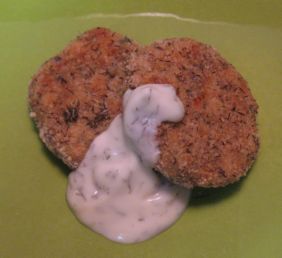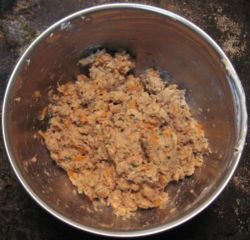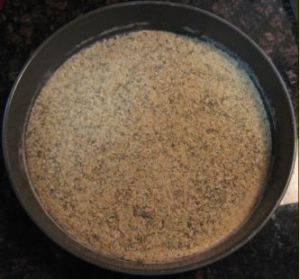You can teach your puppy to ring a bell when he needs to go outside to go potty. This trick is easiest taught to puppies being house-trained.
Instructions:Hang a bell from a doorknob at a height your dog can easily reach it. Dab a little peanut butter on the inside of the bell and encourage your puppy to explore it by wiggling it and saying "BELL, get it". The instant your puppy causes the bell to ring, praise and give reward from your hand.
Don't replenish the peanut butter, as there is probably a race amount still on the bell. Point to the bell again, the instant your puppy makes it ring again, praise and reward. Repeat this process several times. If your puppy becomes confused, put some more peanut butter inside the bell.
Get your puppy's lease and get her excited to go for a walk. top at the door with the bell and encourage him to ring it. This may take a while but the instant he touches the bell, immediately open the door and take him outside. With this trick, the reward is going outside instead of a treat, so be sure to introduce this concept early on.
What to Expect:The more responsive you are to the bells in the beginning, the quicker your puppy will learn this trick. Most puppies will start ringing the bell on their own within a week.
Get your WEE WEE Bells here; Handmade, hand painted.
Handmade, hand painted - Only $14.99
Add your pets name for $5.00 more

 |
| Winston and his Wee Wee Bells |
Don't replenish the peanut butter, as there is probably a race amount still on the bell. Point to the bell again, the instant your puppy makes it ring again, praise and reward. Repeat this process several times. If your puppy becomes confused, put some more peanut butter inside the bell.
Get your puppy's lease and get her excited to go for a walk. top at the door with the bell and encourage him to ring it. This may take a while but the instant he touches the bell, immediately open the door and take him outside. With this trick, the reward is going outside instead of a treat, so be sure to introduce this concept early on.
What to Expect:The more responsive you are to the bells in the beginning, the quicker your puppy will learn this trick. Most puppies will start ringing the bell on their own within a week.
Get your WEE WEE Bells here; Handmade, hand painted.
Handmade, hand painted - Only $14.99
Add your pets name for $5.00 more
 |
| Purple |
 |
| Green |
 |
| Red |


